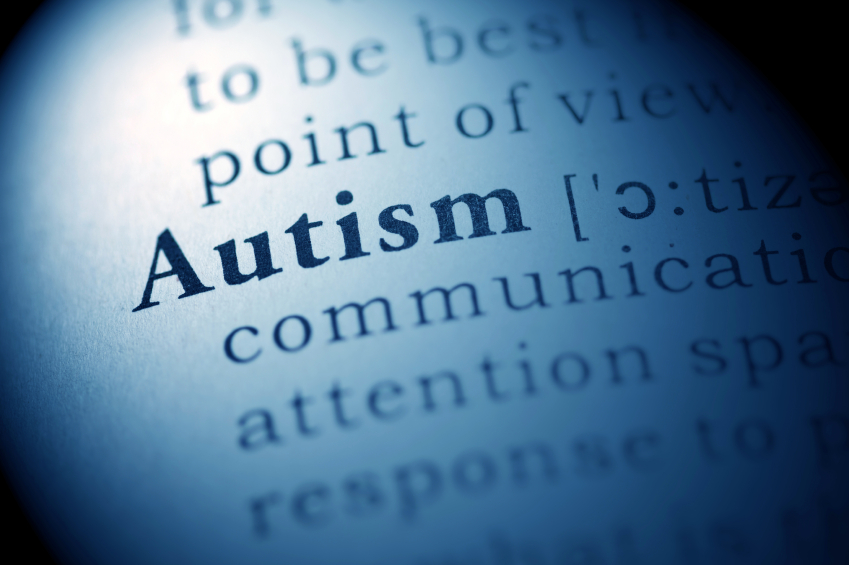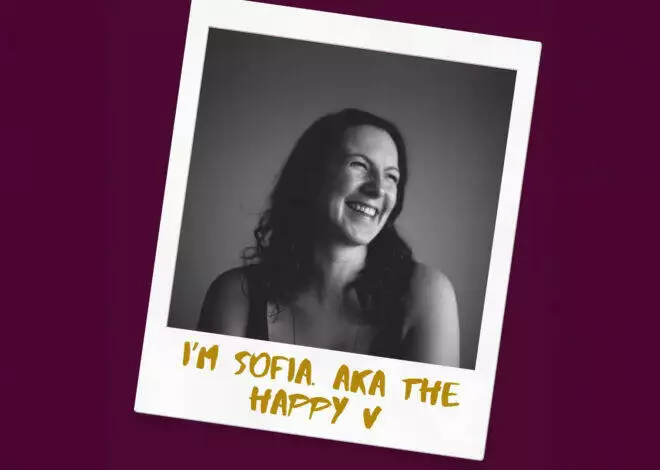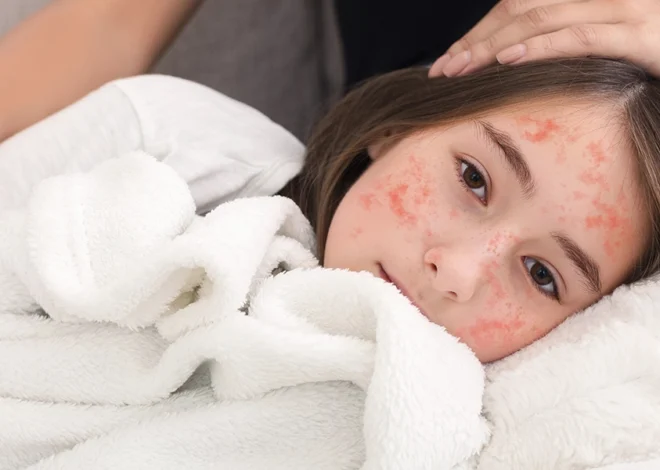This week I want to write a blog that focuses on what exactly it is that I discuss each week, which is autism, and where we’re at in terms of the reliably accurate information and facts regarding autism.
Below is a list of autism-related facts. This list was published by Autism Speaks in late 2013.
What do we know for sure?
- Autism affects 1 in 88 children and 1 in 54 boys.
- Autism prevalence figures are growing.
- Autism is the fastest-growing serious developmental disability in the U.S.
- Autism costs a family $60,000 a year on average.
- Autism receives less than 5% of the research funding of many less prevalent childhood diseases.
- Boys are nearly five times more likely than girls to have autism.
- There is no medical detection or cure for autism.
Is that all we know for sure?
I have my own list of personal footnotes/comments/observations based on my own experiences and knowledge in the world of autism. So, I will add a few of my own.
In 2004, when my son was first diagnosed, obtaining services was relatively easier. We asked for a service, the paperwork was processed, and we began that service a few weeks later. My child was young and the state had more funding within the autism system.
When my son was in the Early Intervention Program at our regional center, there were only about twenty kids total. We were congratulated for bringing in our child so young (15 months old).
My son is now eleven and has been in the autism system for ten years.
For four years, my son received 26 hours of services per week.
When my son was four, he attended a weekly social skills group. All of the parents of the group decided we would ask our child’s service coordinators to approve a SECOND social skills group for our kids. We did it—and got approval for a second social skills group for our kids that lasted for five years.
When my son began services, he did not speak or walk. He never babbled or did “coo coo“ noises. He crawled only backwards. He had very little eye contact and spun things often. He stared at ceiling fans. We began with sign language and my son eventually began to speak a few words. By seventeen months, he was standing. By eighteen months, he was walking. By twenty months, he had full sentences. He had delays, but thanks to early intervention, he caught up. I will be forever a fan of early intervention/early diagnosis of children with autism.





